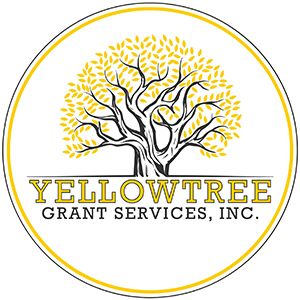Thinking Through Formatting!
Staff within an organization are frequently asked to develop funding proposals because of their program and service expertise and knowledge, but often lack confidence and skills when it comes to writing the proposal. And not everyone enjoys it as much as professional grant writers do!
Funders do not evaluate proposals based on writing skills. However, poor, disorganized writing may appear unprofessional and make it difficult for funders to fully understand your project, which is counterproductive to your goal.
The following writing and formatting tips will help you with your proposal writing:
Stick to the focus of the application—the specific project or program. Resist the urge to highlight all the good work your organization does in multiple sections. Applications usually begin with a section for organization information where you can give an overview of all your programs and services to demonstrate your competency and inspire confidence that your organization is a good investment.
Keep the narrative describing why funding is needed persuasive but straightforward and support it with evidence and data. Avoid a "creative writing" style when telling your compelling story of why funding is needed.
Rather than restating the problem multiple times, focus on the proposed solution, its beneficial effects, and how your organization can deliver. That’s what the funder wants to know!
Emphasize how your project contributes to the funder's goal. Show that you understand the funder and connect their mission and funds to your proposed project. Use the funder's language in your application to make it easy for them to understand the alignment.
Use simple, direct language and avoid long, run-on sentences.
Bulleted or numbered lists are extremely effective and easy to follow (and to help reduce the word count!).
When writing your answers to the activities, budget, and evaluation sections, use consistent wording. Don't, for example, use "workshop," "seminar," or "discussion group" interchangeably to refer to the same activity.
Avoid using acronyms, if possible. They may reduce the word count, but the reviewers may not be familiar with their meaning.
Clear section headers in a Letter of Intent allows funders to easily navigate through your document.
Use simple formatting with minimal but effective use of bold, italic, and underlining. Avoid using ALL CAPS. Ensure text colour will print well in grayscale.
Use word count maximums as an upper limit: if your information is clear and complete with fewer words, don't feel obligated to use all the available space.
Proposal writing is persuasive writing—not creative writing. Your thoughts will be presented more clearly if they are expressed in short sentences that use straightforward language and are formatted to make reading easier. Remember that grant review committees have a lot of submissions to read through and value clarity!
